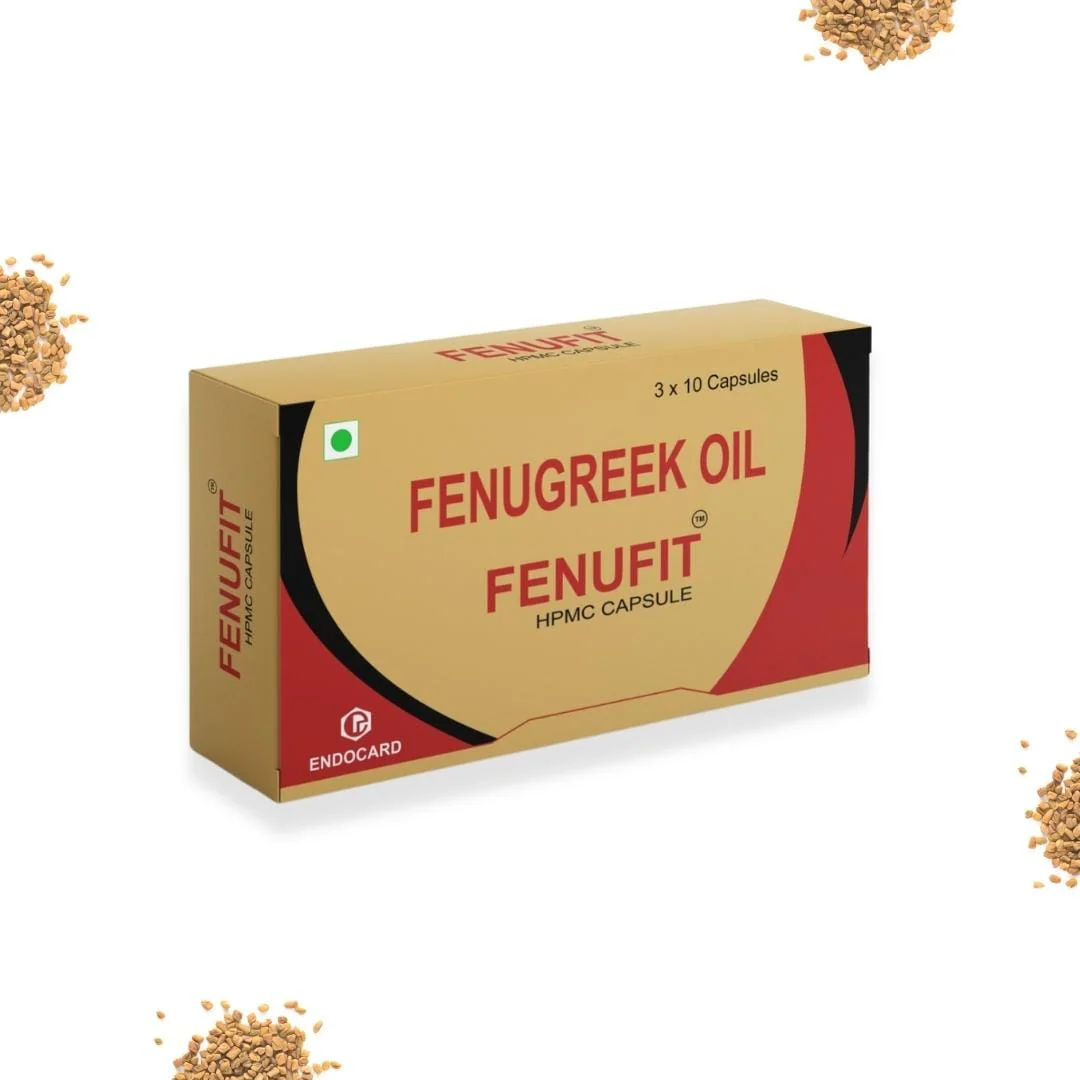Introduction
When considering ways to extend the life and comfort of our mattresses, we often overlook the importance of a mattress protector. In a well-designed bedroom filled with thoughtfully selected bedroom furniture, a mattress protector might seem like an unnecessary addition. However, this simple accessory offers numerous benefits that go beyond just preserving your mattress. In this article, we’ll explore the key reasons why a mattress protector is worth the investment, the various types available, and how it contributes to a cleaner, healthier sleeping environment.
What is a Mattress Protector?
A mattress protector is a removable bedding item that covers or encases your mattress, adding an extra layer of protection against spills, dust mites, allergens, and general wear and tear. Available in various materials and designs, a mattress protector serves as a barrier between your mattress and external elements, helping it stay fresh and hygienic for longer.
Benefits of Using a Mattress Protector
1. Protects Against Spills and Stains
Accidental spills happen more often than we think, whether it’s a morning coffee in bed or a midnight glass of water. A mattress protector prevents these spills from seeping into the mattress, which is challenging to clean once it’s stained. Most protectors are water-resistant, making them an ideal choice for homes with children or pets.
2. Guards Against Allergens and Dust Mites
Dust mites are microscopic organisms that thrive in mattresses, feeding on dead skin cells. They can cause allergies, asthma, and other respiratory issues. A mattress protector creates a barrier, reducing the buildup of dust mites, allergens, and bacteria that accumulate over time. For individuals sensitive to allergens, this protection can be essential for a restful sleep.
3. Extends the Life of Your Mattress
Investing in a mattress is a significant expense, and naturally, you want it to last as long as possible. A mattress protector acts as a shield, preventing direct exposure to daily wear and tear. By keeping your mattress clean and free from damage, a protector helps extend its life, saving you money in the long run.
4. Enhances Hygiene and Cleanliness
Unlike mattresses, which can be difficult to clean thoroughly, mattress protectors are usually machine washable. This makes it easy to maintain a hygienic sleeping surface, free from sweat, oils, and dead skin cells that can otherwise build up over time. Regularly washing your mattress protector ensures a fresh and clean bed environment.
5. Adds a Layer of Comfort
Some mattress protectors are designed with additional padding or cooling features, adding an extra layer of comfort to your bed. Memory foam and quilted mattress protectors, for example, can enhance the softness and breathability of your mattress, making it feel more luxurious.
Types of Mattress Protectors
Not all mattress protectors are created equal. Choosing the right one depends on your specific needs, preferences, and budget. Here are the most common types:
1. Waterproof Mattress Protectors
Waterproof protectors are often made from materials like vinyl or polyurethane, which block moisture from penetrating the mattress. These are ideal for households with young children, pets, or anyone prone to spills.
2. Quilted Mattress Protectors
Quilted protectors are typically filled with cotton or polyester, providing a soft and comfortable surface. They offer light protection against dust and allergens, while also enhancing the bed’s comfort level.
3. Hypoallergenic Mattress Protectors
For allergy sufferers, hypoallergenic mattress protectors are crafted from materials that resist allergens and dust mites. They usually come with tightly woven fabric that blocks particles from entering the mattress, ensuring a cleaner sleeping surface.
4. Cooling Mattress Protectors
Cooling protectors are designed for those who experience night sweats or live in warmer climates. These protectors are made from moisture-wicking materials that regulate body temperature and offer a cooler sleeping experience.
Mattress Protectors vs. Mattress Toppers: What’s the Difference?
While a mattress protector adds a layer of protection, a mattress topper is designed to adjust the feel of the mattress by adding softness or firmness. A topper may provide some level of protection but doesn’t fully encase the mattress like a protector. For maximum mattress longevity, it’s best to use both a protector and a topper.
How to Choose the Right Mattress Protector for Your Bedroom
When selecting a mattress protector, there are a few factors to keep in mind to ensure you get the most out of your investment.
1. Consider Your Mattress Type
Different mattress types have unique characteristics, and some may pair better with specific protectors. For example, memory foam mattresses may benefit from a cooling protector, while a firmer mattress might work well with a quilted protector that adds extra softness.
2. Check for Waterproofing
If you’re primarily looking for spill and stain protection, a waterproof protector is essential. However, keep in mind that some waterproof materials may produce a crinkling noise. Look for high-quality, noiseless protectors if sound is a concern.
3. Look for Hypoallergenic Materials
For those with allergies, hypoallergenic mattress protectors are a worthwhile option. These protectors are designed to keep dust mites, pet dander, and other allergens at bay, creating a healthier sleeping environment.
4. Choose the Right Size and Fit
Ensure the protector fits your mattress snugly. Mattress protectors come in various sizes and depths, so be sure to choose one that covers your mattress completely without shifting or slipping.
Caring for Your Mattress Protector
To maximize the life of your mattress protector, regular maintenance is key.
1. Wash Regularly
Most mattress protectors are machine washable, so aim to wash them every few months or more frequently if there are spills or allergies. Follow the manufacturer’s care instructions for optimal results.
2. Avoid Heat
When washing, avoid high-heat settings as they may damage the waterproof layer. Instead, use a gentle cycle with cold or warm water and tumble dry on low heat.
3. Use Mattress Protector and Topper Together
If you use a mattress topper, place the protector on top of it to ensure full coverage for the mattress. This layering keeps both your mattress and topper in excellent condition.
How Mattress Protectors Enhance Your Bedroom Furniture
In addition to the benefits mentioned, mattress protectors contribute to the overall value of your bedroom furniture by ensuring a cleaner, longer-lasting bed setup. A quality mattress is one of the most important pieces of bedroom furniture, and preserving it improves your entire bedroom environment. Mattress protectors also make it easier to coordinate with other elements, such as bed frames and headboards, as they help maintain the mattress’s structure and appearance.
Conclusion
A mattress protector might seem like a minor investment compared to other pieces of bedroom furniture, but its benefits are substantial. By shielding your mattress from spills, allergens, and everyday wear, a mattress protector helps maintain a clean and healthy sleeping environment. Whether you’re looking for waterproof protection, added comfort, or allergy relief, there’s a mattress protector to meet your needs. Given the health, comfort, and longevity benefits it provides, a mattress protector is undoubtedly a worthwhile addition to any bedroom.




